1888 Amsterdam, Music: The Koninklijk Concertgebouw was inaugurated. Been there, heard that. It is one of the most user friendly concert halls there is. Easy to get in, get around with plenty of plumbing, and get out. Plus the ticket doubles as a public transport pass for the evening and one free drink.

1890 New Jersey, History: The Ellis Island immigration station was established where as many as 12 million entered. By the way, though it lies in New York Harbour it is within the border of the state of New Jersey. Kate has seen it with her own eyes, while I have relied on ‘Brother from Another Planet,’ discussed elsewhere on this blog for my slim knowledge.
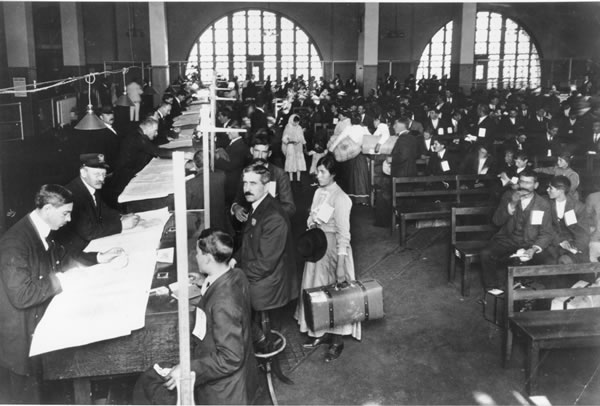
1919 Geneva, History: The International Labour Organisation was founded to promote social justice and decent working conditions, partly by setting international labour standards. It has been an agent for collective bargaining, the end of child labour, employment of women, a living wage, free labour, and the like. During World War II its executive decamped Switzerland and worked in exile at McGill University until 1948. The fear of many international organisations in Switzerland was that it would be the next victim of Naziism, or at least forced to compromise in detail with it. Indeed there was a Swiss fascist party the National Front with its partner the New Front that have now been expunged from that country’s history along with much else.

1970 Houston, Space: “Okay, Houston, we’ve had a problem here,” said Jack Swigert, later repeated by Jim Lovell, on board Apollo 13. The mapping and sample collecting mission changed to survival and re-entry. It led to a re-orientation of the space program to near Earth space with the shuttles. Below is the Apollo 13 Command Module on display at the Smithsonian, which I have seen. Some ride.

1976 The Apple 1 computer went on sale. Yes, they called is the ‘1’ because they already working on the next iteration. So like all computers, it was out of date when it went on sale. The instance below is at the PowerHouse Museum (somewhere) in Sydney. (The parentheses are because the future location of this museum remains vexed.)
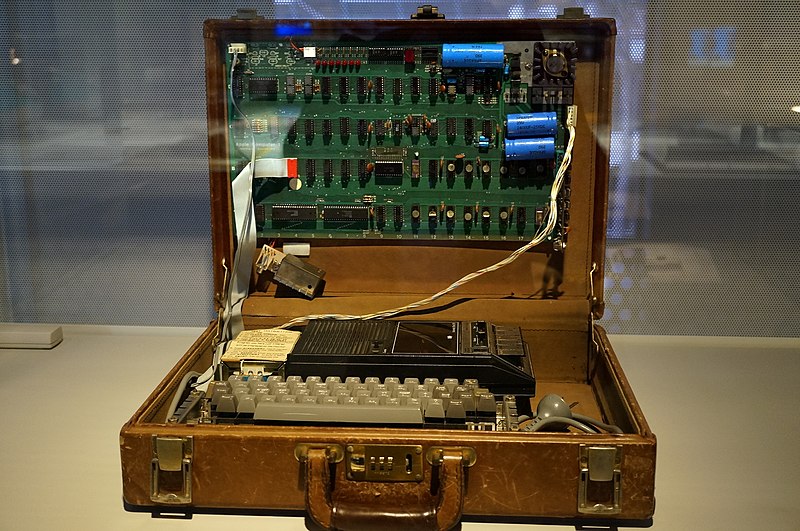
10 April
1710 London, Intellectual Property: The British parliament passed the Queen Anne Statute for the encouragement of learning by investing the creators with ownership of the work. It was one major step forward in recognising and securing intellectual property for artists, writers, and composers.
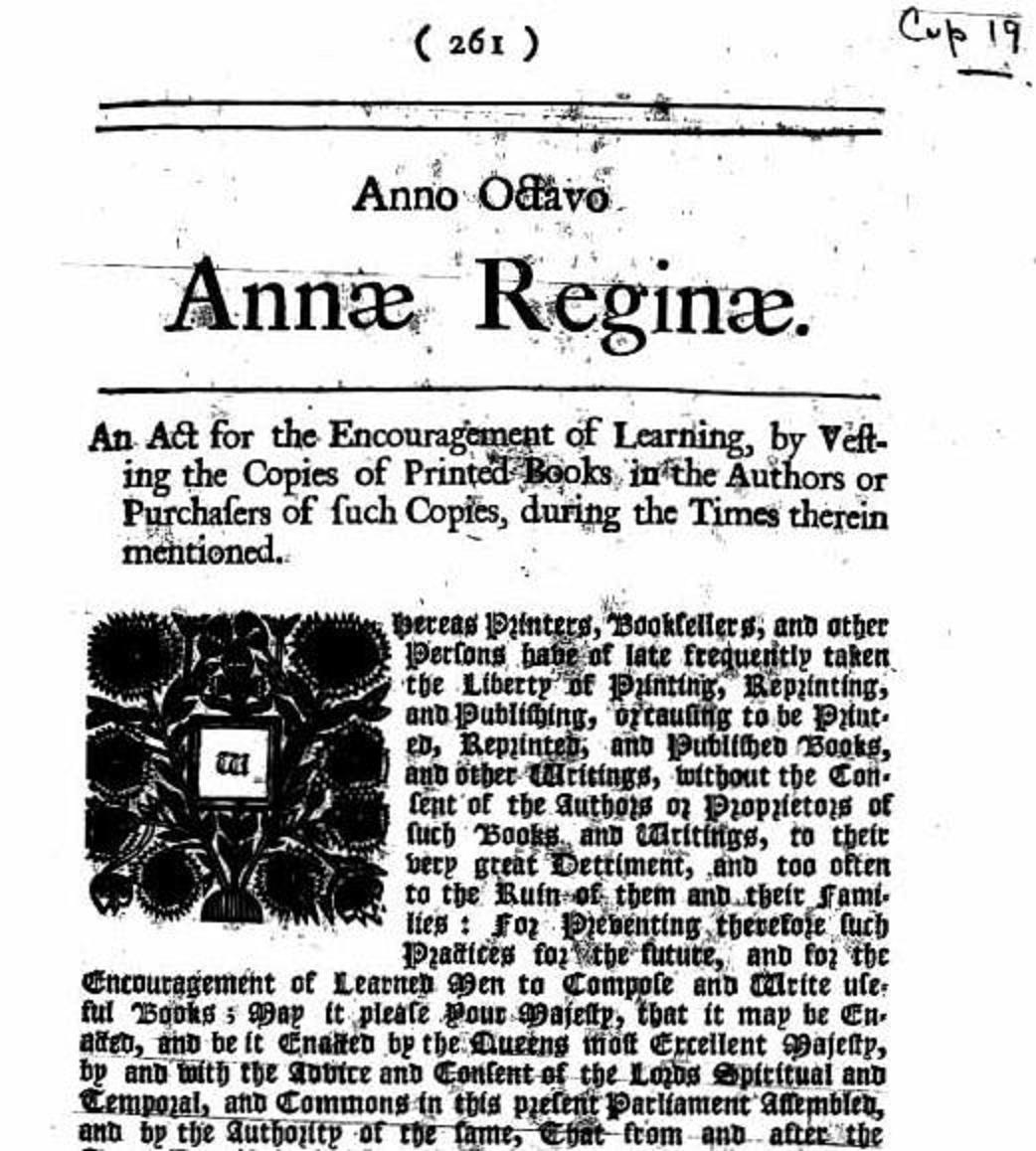
1866 New York City, Humanitarianism: The Society for the Prevention of Cruelty to Animals was founded by Henry Bergh, a retired diplomat, who plead for the ‘mute servants of mankind.’
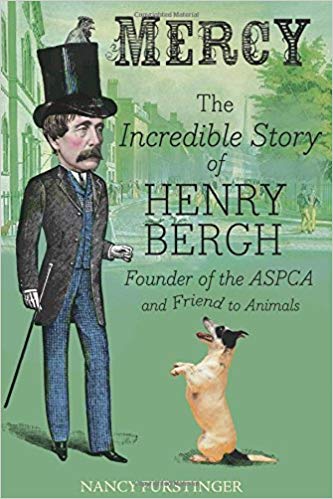
1872 Nebraska City, Ecology: The first Arbor Day which was inspired by J. Sterling Morton who, earlier as governor of the Nebraska Territory, had aspired to plant a million trees. The day was dedicated to achieving that goal. In time the day became a national celebration on the last Friday of April. If only more trees had been planted sooner perhaps the Dust Bowl would have been less disastrous. The primary school where I had a brief career in finger-painting was named for him.
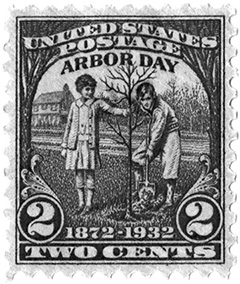
1947 Brooklyn, Sports: Jackie Robinson started at second base. At least two members of the opposing team refused to take the field with him. So began the trials. Branch Rickey had spent years looking for right man and in Mr Robinson he had found him and knew it. Today Robinson’s number 42 has been retired by all MLB teams never to be worn by another player; the only individual to be so honoured. Off the field he was a leader, as well as on.
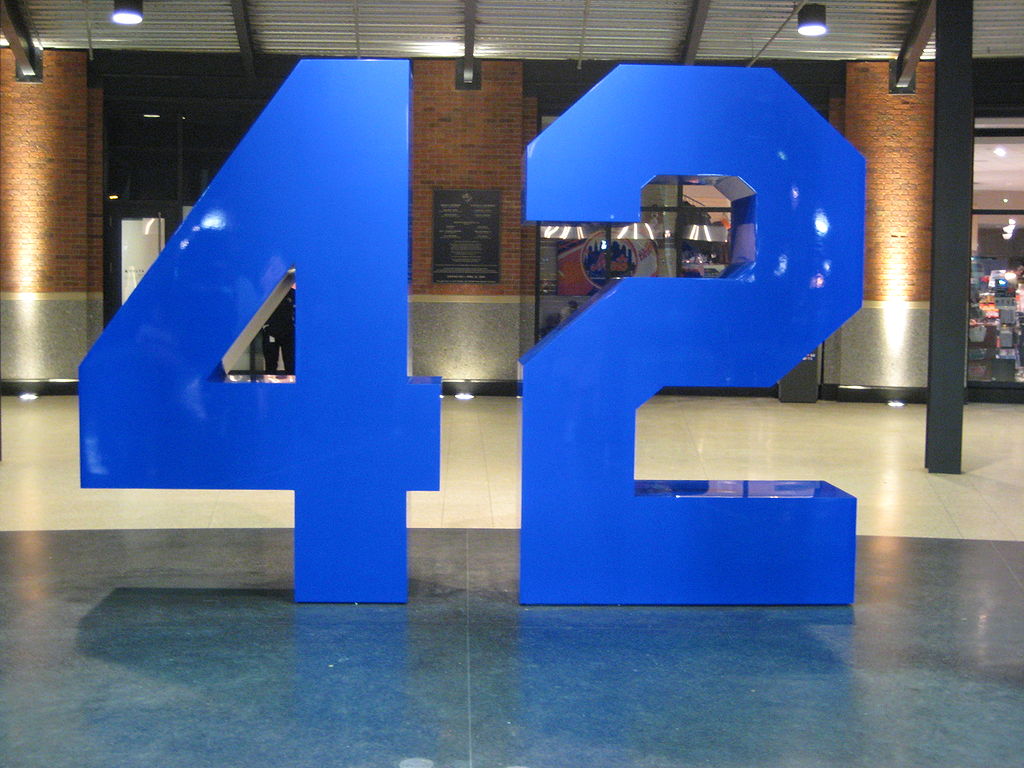
1972 Charlie Chaplin received a lifetime achievement Oscar for his incalculable contribution to cinema. He had been hounded out of the United States in 1952 by HUAC, the beast that roamed Hollywood looking for easy headlines. Below is a still from that famous scene in ‘The Gold Rush.’
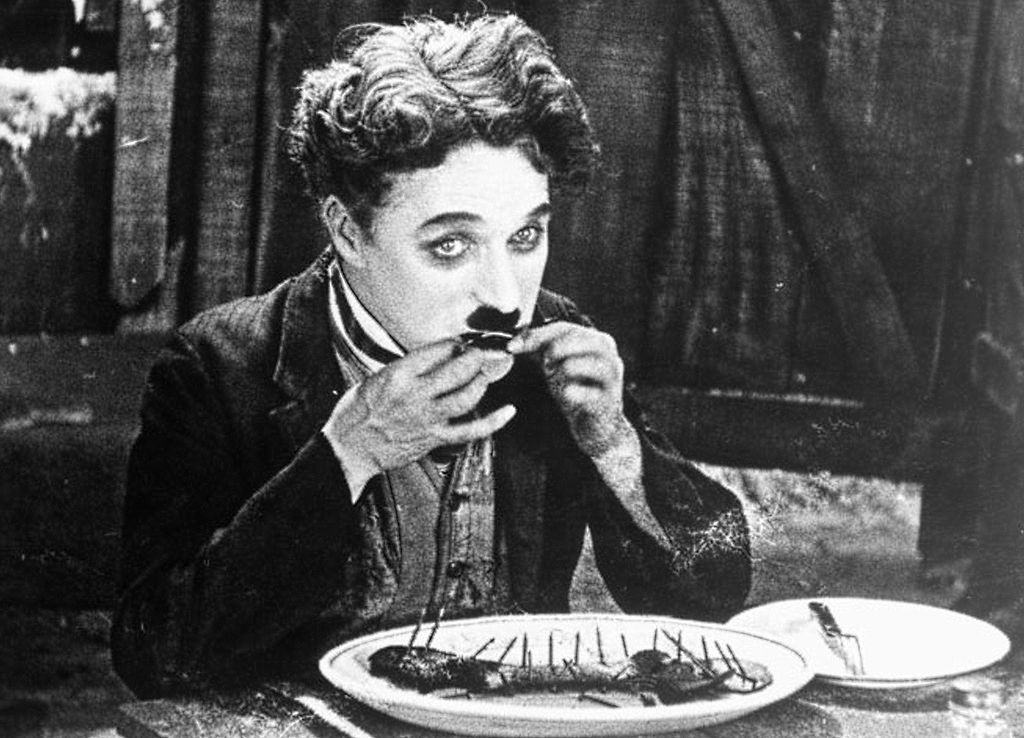
Stefan Zweig, ‘Chess Story’ (‘The Royal Game’) (1941)
Genre: Fiction, a novella
GoodReads meta-data is 104 pages, rated 4.3 by 47798 litizens

Verdict: Bleak
On a passenger ship from Europe the world chess Champion struts. After being offered a cash inducement, he agrees to play a group of passengers co-operating as a single opponent. They have nothing in common but an interest in the game and bragging rights about being beaten by the Champion. He treats them and the games they play with contempt.
Then one day in the game room for the daily humiliation, while they argue over a move, a passer-by makes a suggestion, and then another, and another. This Stranger seems to see far ahead in the game and a stalemate ensues. All are amazed, especially Champion, who however pretends to have let them draw when in fact after the Stranger’s intervention he had no way to win.
Observer questions Stranger and finds he was a victim of the Naziis who kept such sanity as he had by playing mental chess against himself for years of confinement.
Champion knows nothing but chess and is presented as some kind of idiot savant, while Stranger is an obsessive who is consuming himself. Neither is a recommendation for the game.
As is to be expected the novel starts with endgame, and moves back through opening and mid-game. There is a lot of K B-7 in it.
We saw a performance of his play ‘Beware of Pity’ and that together with our putative trip to Vienna led me to read this novella. Zweig was living in exile in Brazil when he wrote it and committed suicide shortly after this was published. Were the reviews that bad? Or was the Viennese fetish for suicide in the gene pool.
I am not inclined to seek out more Zweig. Too bleak for this good time boy.
Barbara Pym, ‘Crampton Hodnet’ (1940)
Genre: fiction
Goodreads meta-data is 216 pages rated 4.01 by 1542 litizens.
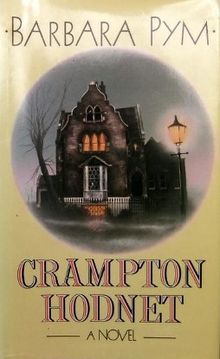
Verdict: Nothing happens and it is fascinating.
In North Oxford Miss Doggett rules the house with an iron fist in an iron glove. Her paid, but not very much, companion Miss Morrow observes life with a quiet inner smile, having learned well how to steer around Miss Doggett who does not pay her to smile.
Miss Doggett invites the new bachelor curate to lodge with them, and makes a fuss over him, expecting in return to be fussed over, too, but no. Strangely he finds the enigmatic, grey, mousy Miss Morrow of more interest. Quietly infuriated, Doggett casts around for the means to bring the curate to his senses, dimly aware that Morrow is the problem. While amused by the curate’s attention, Morrow wisely knows it will go nowhere, which it does, slowly.
Meanwhile Francis Cleveland, an irascible scholar at Randolph College in mighty Oxford University contemplates an affair with one of his students who looks at him adoringly when he recites poetry. She is flattered by his attention, until she realises his intentions! Such thoughts provide yet another in a long list of excuses for Cleveland not to do any work, and he doesn’t. In the great tradition of the English novel, including C.P. Snow, Oxbridge dons do nothing and do it very pompously. Bring on the Research Quality Framework!
There are comings and goings involving these two pairs of near-paramours, and the gossip that sightings of them kindle takes fire. Miss Doggett is there with kerosine to make sure that rectitude is rectified.
In one of the standard tropes of the era, several of the characters go off to Paris and return, chastened, once more to their routines. The curate finds a more fitting object of his desire. It is low key but so very human and humane in its delineation of character.
Pym wrote the manuscript very early in her career and it seems to have got shelved by the events of World War II and remained unpublished until 1985.
While the GoodReads rating is, for once, something that chimes with me, the summary is mistaken.
Paul Thomas, ‘Fallout’ (2014)
Genre: krimi
Goodreads meta-data 272 pages, rated 3.7 by 80 litizens.
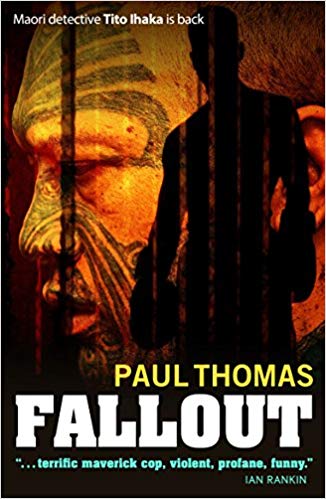
Verdict: The satire has become sanctimonious.
Maori detective Tito Ihaka is assigned a cold case by the Commissioner, who is nearing retirement and would like this one cleared up because it was the Commissioner’s first murder case many years ago and he failed to resolve it. Now he puts the impossible and impossible to stop Ihaka on the impossible case. Done right that would be enough material for the novel.
However, we have a parallel development when Ihaka learns that his father’s death years ago, attributed to a heart attack, may have been murder.
There is indeed a parallel of sorts. Ihaka finds the nouveau riche involved in the cold case a tiresome set of villains and he finds the ardent trade unionists involved in his father’s death a tiresome set of villains. I agreed on both counts: tiresome.
All the usual clichés are present, an obstructive superior, a dysfunctional home life, lying witnesses, bossy civilians, duplicitous politicians…. Nary a breath of fresh air is to be found among these clichés.
It seems, like Christopher Foyle, Ihaka is the only just man.
 Paul Thomas
Paul Thomas
I have read the first three titles in this series chronicling the investigations of Tito Ihaka in New Zealand, and I found the early titles to be whip-smart without the preaching in these pages: ‘Old School Tie’ (1994), ‘Inside Dope’ (1995), and ‘Guerrilla Season’ (1996). But in this one — written long after the previous title in the series — Thomas seems to be engaging in some social criticism about the nouveau riche or something, and nearly every page consists of backstories. The result is that movement, action, scene, development are absent. It was like reading the notes for a novel, but not the novel itself.
To über or not?
After forty plus years of cab rides, good, bad, and ugly, here at home and around the world of late I have had several rides with Uber in Sydney, Adelaide, Los Angeles, and Houston.

So far, I like the Uber experience and here is why.
The eight Uber drivers I have met do not want to talk to me. They have not told me jokes. They have not asserted opinions about passers-by, what is on the radio, or the newspaper, or life. They have not asked my opinion in order to tell me theirs.*
The cabin is silent. They do not inflict their taste in radio or CD music on me.
The cars have been clean and tidy. They are not strewn with ‘les choses de vie’ around the driver in a kind of nest.
Cash does not change hands for all is paid as a flat fee ahead of time. We all know that matter is settled.
The car comes and I can see it coming. Not the ‘first available cab’ which may mean none at all. Tricky that when going to the airport for an early flight.
No Uber driver has by word, mien, or deed, shown displeasure at a short ride. They know the ride before I get in the car.
No Uber driver has yet pitched for a tip with a certain edge. And, yes, that has happened in Sydney. See above about short rides.
None has failed the hygiene test by a nose, mine.
No Uber driver has failed to help with luggage.
Nor has an Uber driver taken the long way around for no reason.
Never has the horn been used to announce arrival.
It has been easy to get an Uber during the sacred change-over period.
My experiences are not a sample nor are they numerous, but they are authentic.
As Uber continues I expect it to converge with taxis in the same way Optus has converged on the Telecom level of service after a few years, i.e., between zero and none. So I enjoy it while it lasts.
*Despite the recurrent journalistic trope that cab drivers are in touch with the public pulse, say at election time, I have never believed it, since the ones I encounter do all the talking.
9 April
1770 Kurnell (NSW), History: Captain James Cook charted Botany Bay and landed for water near where the marker shown below.
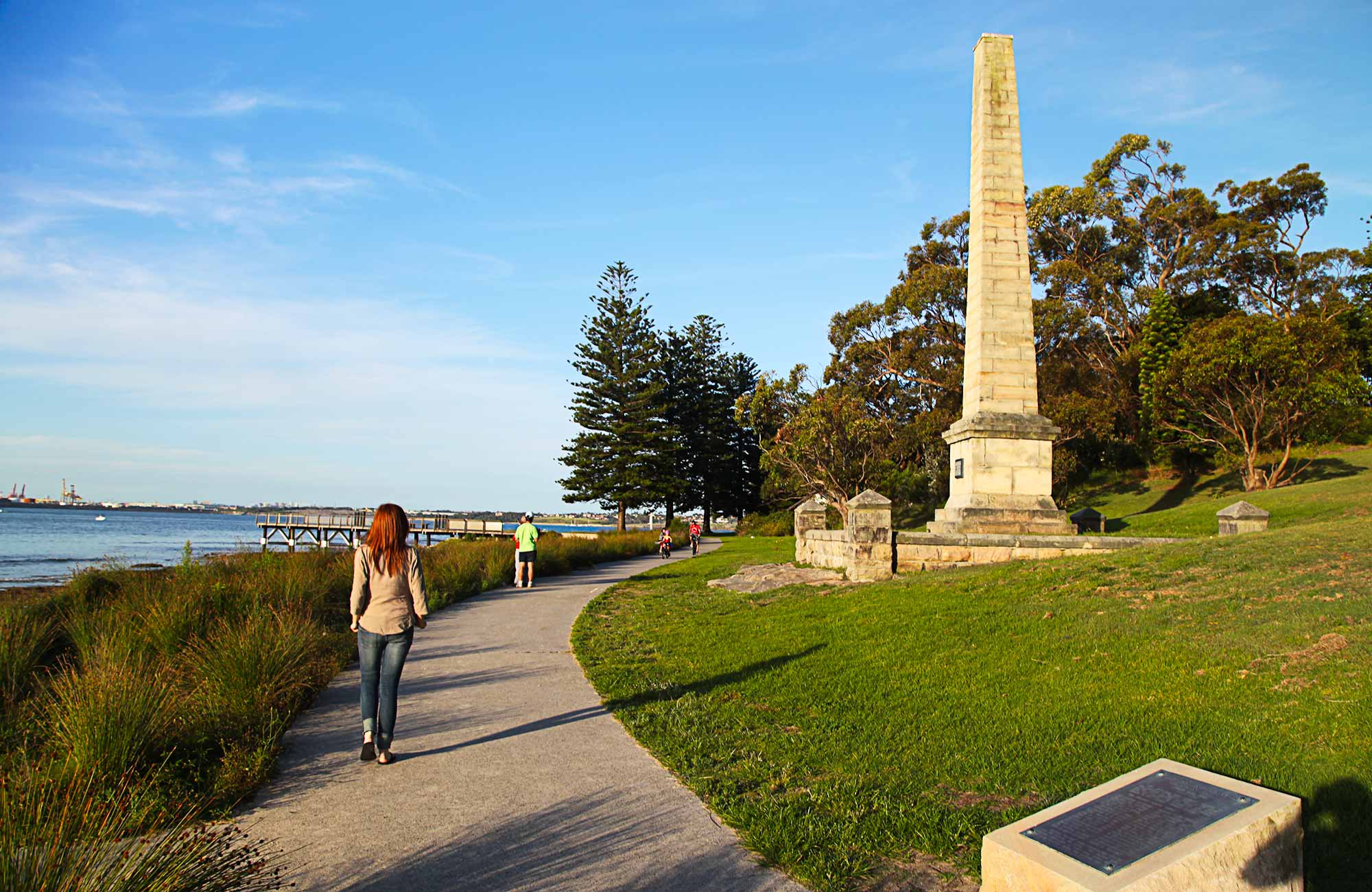
1808 Amsterdam, Politics: Napoleon made his brother Louis king of Les Pays Bas, Belgium and the Netherland, and this king took as his palace the Town Hall on the Damn Square. We have been there and seen Atlas shrug. He figures in the video postcard we made in Mokum.

1860 Paris, Technology: Édouard-Léon de Martinville made the earliest documented sound recording, singing the folk song ‘Au clair de la lune.’ In 1857 he had patented the phonautograph. The vibration spoken into a horn moved a quill bristle over a soft wax drum making a visual representation of the voice. N.B. it did not allow the sound to be played back.
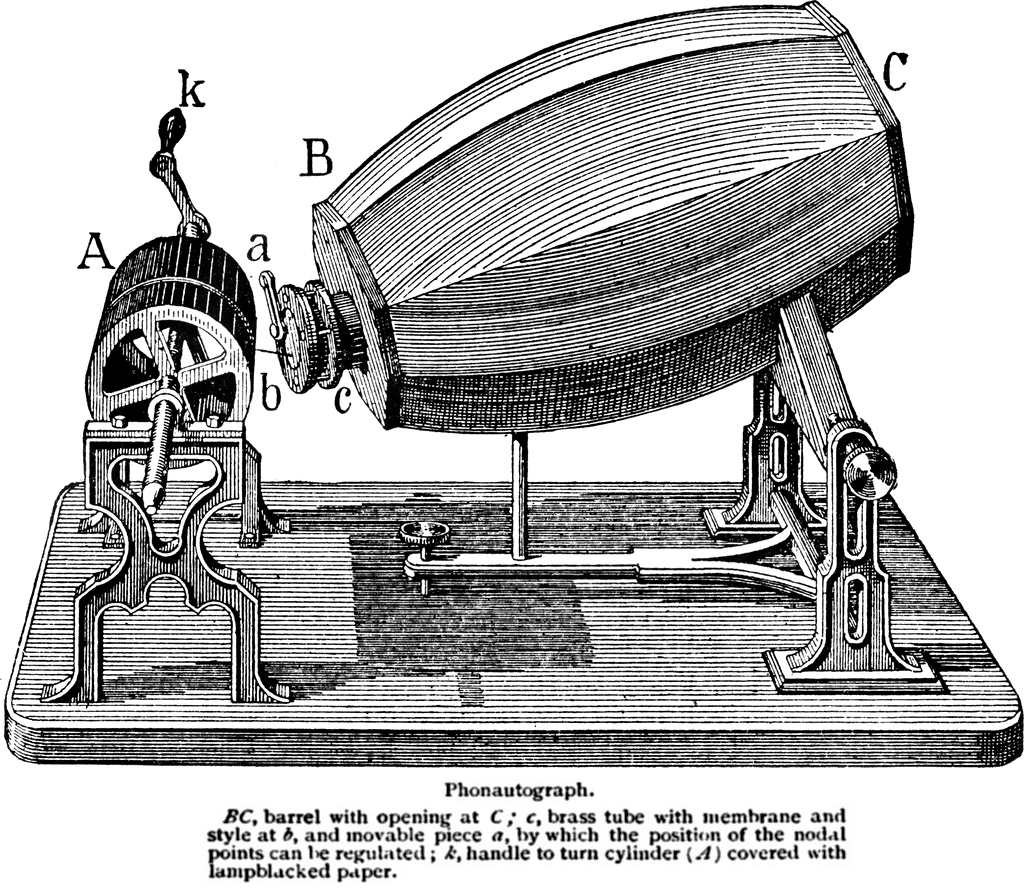
1895 Allegheny (PA), Science: Astronomer James Keeler proved by a spectrographic analysis that the rings of Saturn are made up of particles and are not solid, as many had previously believed. Earlier theorists had reached this conclusion and Keeler provided the empirical evidence for confirmation.
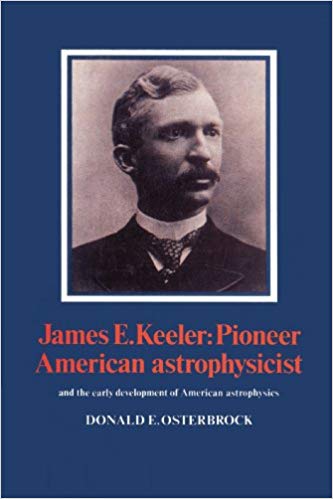
1939 DC, Racism: Arturo Toscanini said Marian Anderson’s was the voice of the century. She had been contracted to sing at Constitution Hall, but the Daughters of the American Revolution (DAR), which managed the hall, voided the contract when it was realised that Anderson was black. In reaction Eleanor Roosevelt arranged for Anderson give a free, open air concert on the steps of the Lincoln Memorial which attracted an Easter Sunday audience of 75,000. In the lower left quadrant in front of the piano is Anderson. One of the songs was ‘Let Freedom Ring.’ Her two sons earned combat badges in World War II. In 1955 President Dwight Eisenhower asked her to sing at the White House for the diplomatic corps. (PS My mother was long a stalwart of the local DAR branch but I doubt she knew of this shameful act. A stalwart is by definition is someone who does all the work, gets none of the credit, and makes no complaint.)
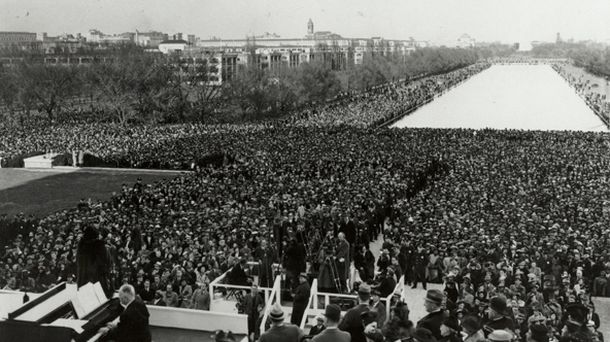
8 April
563 Lumbini (Nepal), Religion: The legendary place and date of the birth of Gautama Buddha. Below is the memorial.

1820 Melos, Art: A farmer plowing land discovered the statue now known as the Venus de Milo. We have seen the statue in Paris and the site on Melos or Milos. The work is attributed to Alexandros of Antioch (Syria) in the 2nd century BC.
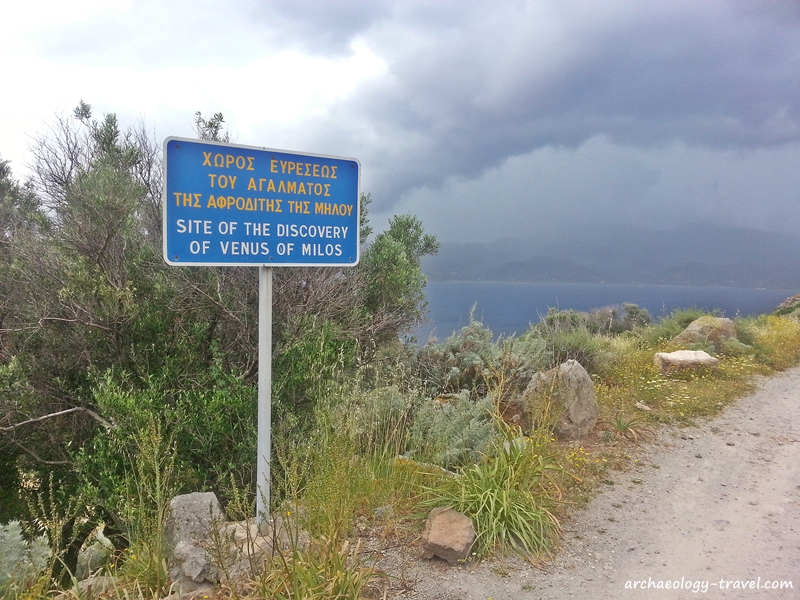
1935 DC, Politics: Congress approved the Works Progress Administration (WPA) which went on to employ 8.5 million people on 1.5 million projects, including several in Hastings NE. Nestled within the WPA was the Federal Writers Project that employed James Agee, Nelson Algren, Saul Bellow, Ralph Ellison, Zora Hurston, Walker Percy, and Richard Wright among others to write state guide books like that pictured below. These texts are available on line like that on Nebraska pictured below.
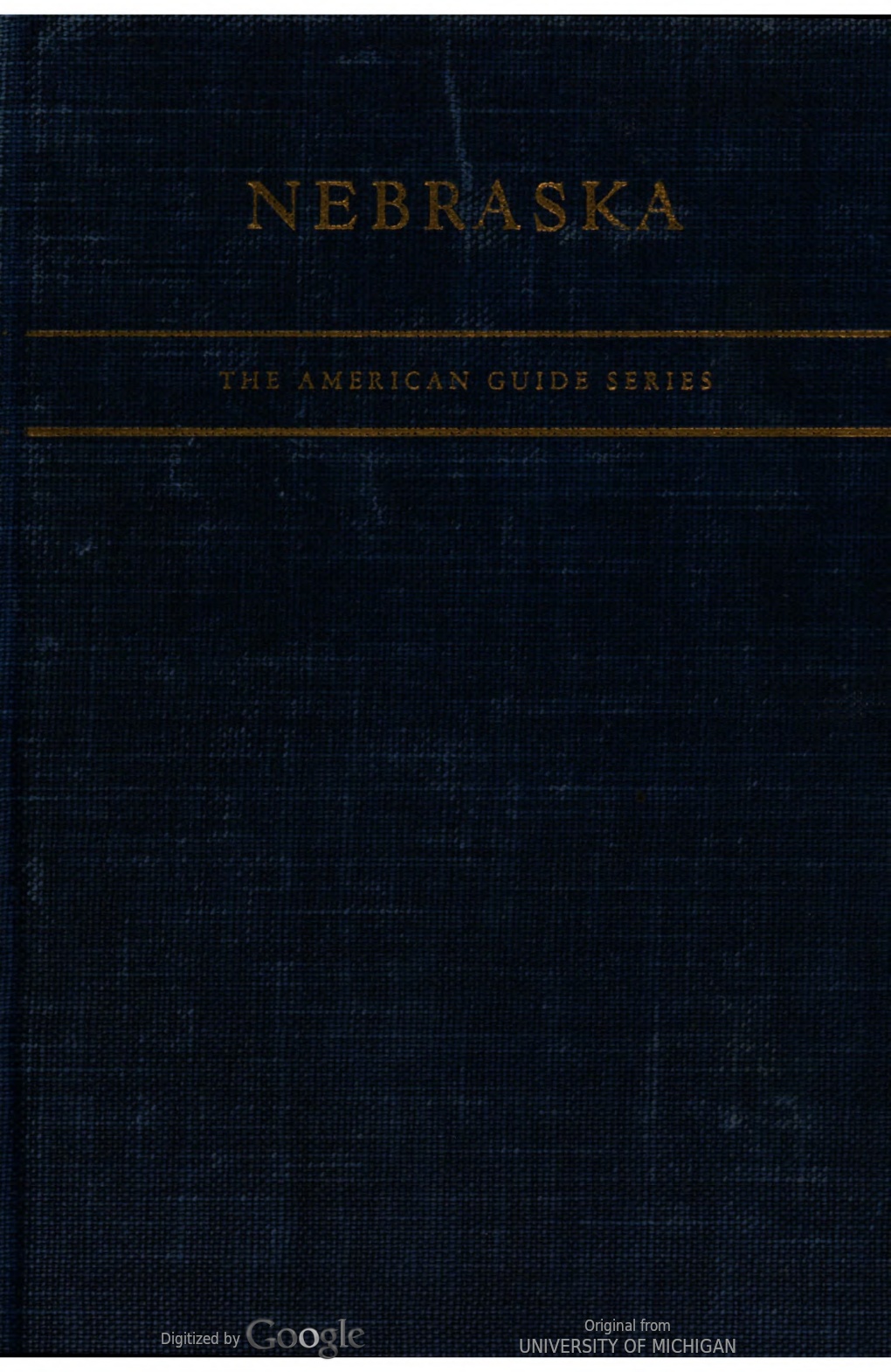
1974 Atlanta, Sports: Henry Aaron hit home run number 715 surpassing Babe Ruth’s record, eliciting a tsunami of racist hate which he bore with a calm dignity that riled the racists ever more. It was against the Dodgers and so Mr Baseball, Vin Scully, called it. If only all sportscasters had his judgement and enthusiasm. I saw the Hammer drill a line drive homer in the Expos’ Montréal bandbox Parc Jarry.

1990 ‘Twin Peaks’ went to air with the first episode ‘Who Killed Laura Palmer?’ We loved it though the convolutions were, well, convoluted. But the Log Lady, the Colonel, the Donut King, Fire Bob, the dancing dwarf, and more made quite an impression, albeit confused and confusing.
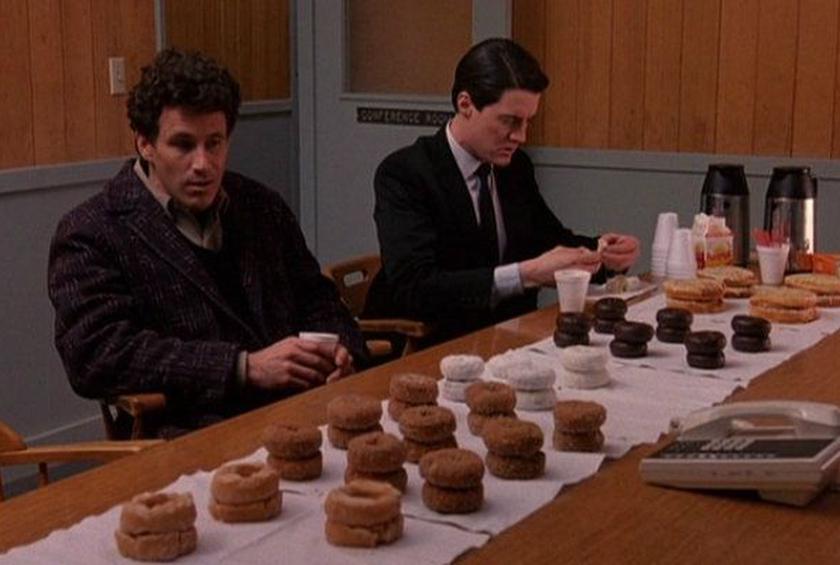
7 April
1348 Prague, Education: Charles University was found by the Holy Roman Emperor Charles IV. I gave a talk there once.
![]()
1795 Paris, Technology. France adopted the metre as the basic unit of length. The next year sixteen steel bars were placed around Paris to make it known. One is pictured below in the Place Vendôme which I saw once with my own eyes.

1805 Vienna, Music: Ludwig van Beethoven’s Symphony Number 3 in E minor (‘Eroica’) premiered with the composer conducing. Below is Beethoven’s autography copy of the score which he defaced in removing the original dedication to Napoleon.
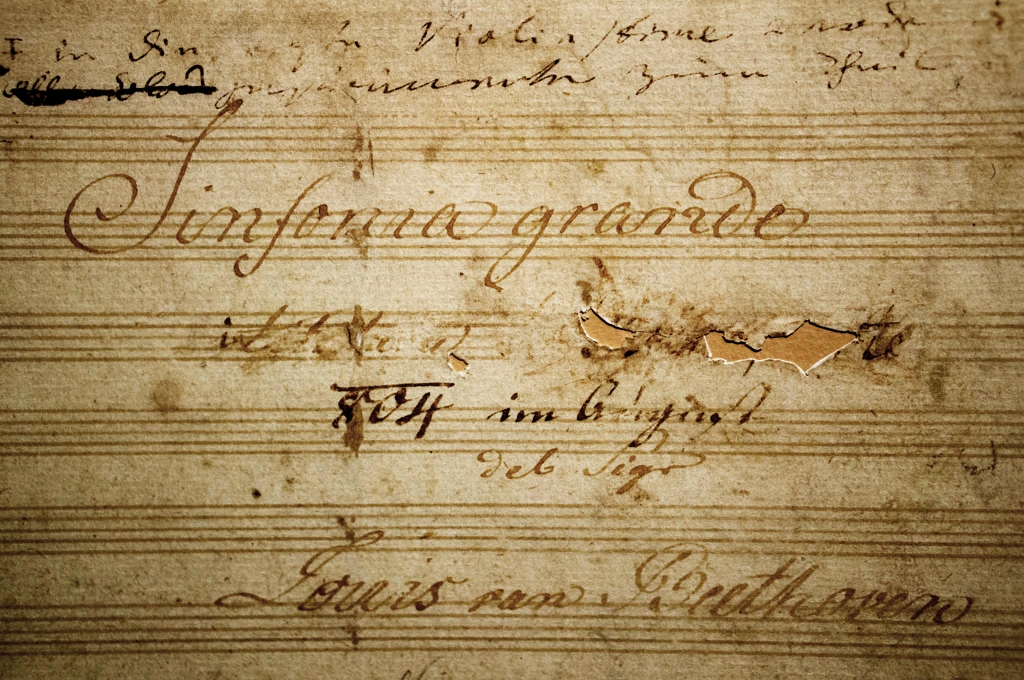
1953 New York City, UN: Dag Hammarskjöld was selected as the second Secretary General of the United Nations. A biography of Hammarskjöld is discussed elsewhere on this blog.

1961 DC, Politics: Because they were part of the heritage of mankind, the Kennedy Administration committed the United States to fund the preservation of artefacts from the ancient historic sites in the Valley of Nile when the Aswan Dam was to be built. In the end American funds came to 16% of the total cost, covering the preservation of the temples at Abu Simbel and more. Kate has seen some of this stuff with her own eyes.
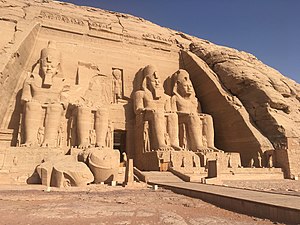
30 June
1857 St Martin’s, Literature: Charles Dickens read ‘A Christmas Carol’ for his first public reading.
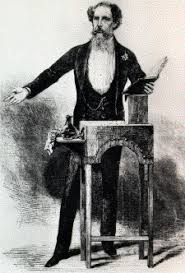
1906 DC, Politics: Congress passed the Meat Inspection Act and also the Pure Food and Drug Act partly in response to Upton Sinclair’s grotesque exposés in the novel ‘The Jungle’ and in his journalism. The cover below is from the copy I read in college. Enough to make one a vegetarian.
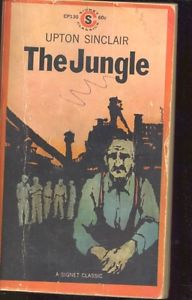
1908 Tunguska (Russia), Science: A giant fireball caused by a gigantic meteoroid flattened an estimated 80 million trees over 2000 square kilometres in Yeniseysk, the largest extraterrestrial impact ever. It struck an area with virtually no human inhabitants., certainly none there survived the impact.

1997 London, Literature: J.K. Rowling published the first Harry Potter novel, ‘Harry Potter and the Philosopher’s Stone.’ It has since sold 120 million copies and counting. One of my students wrote an amusing pastiche of this book for an assignment, titled Harry Potter and the Philosopher’s Phone. The real magic here was Rowling’s achievement in getting kids to read books.

2016 Älmhult (Sweden), Commerce: The Ikea Museum opened on the site of the very first of its stores. The last piece remains missing. Visitors are channeled through every exhibit with no short-cuts or escape.

